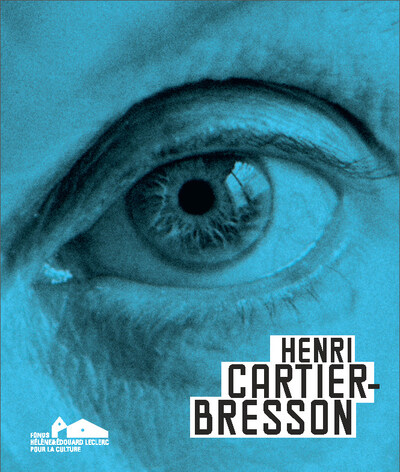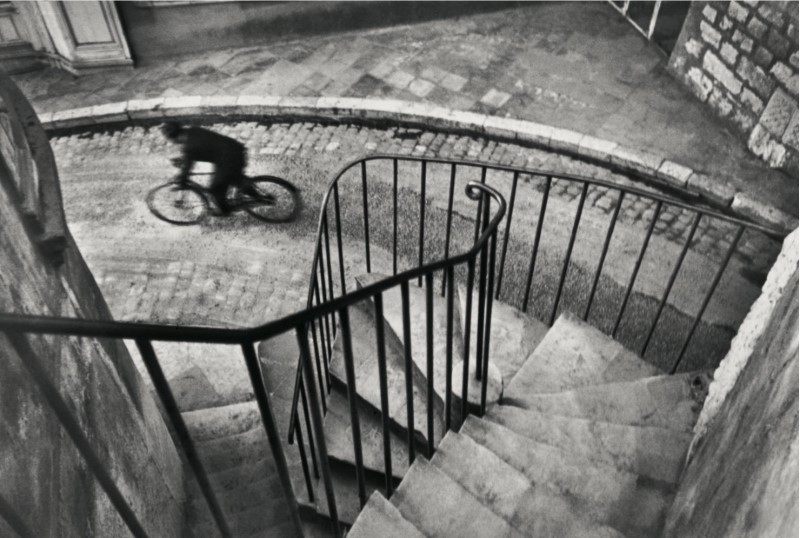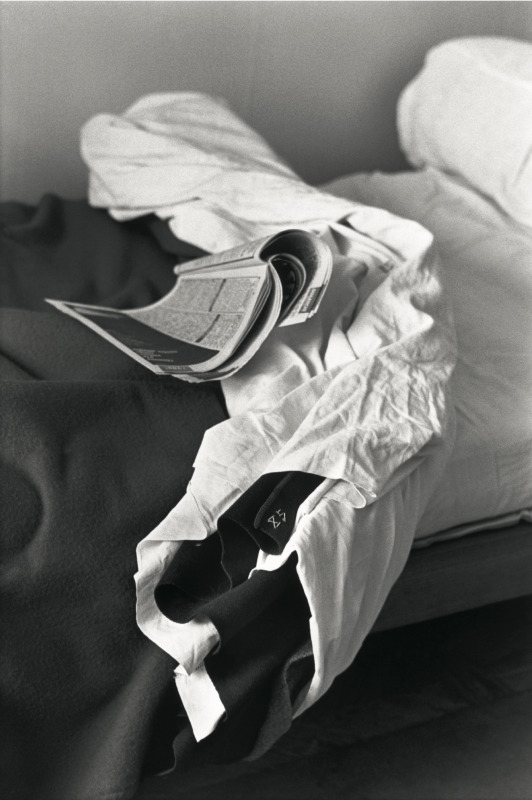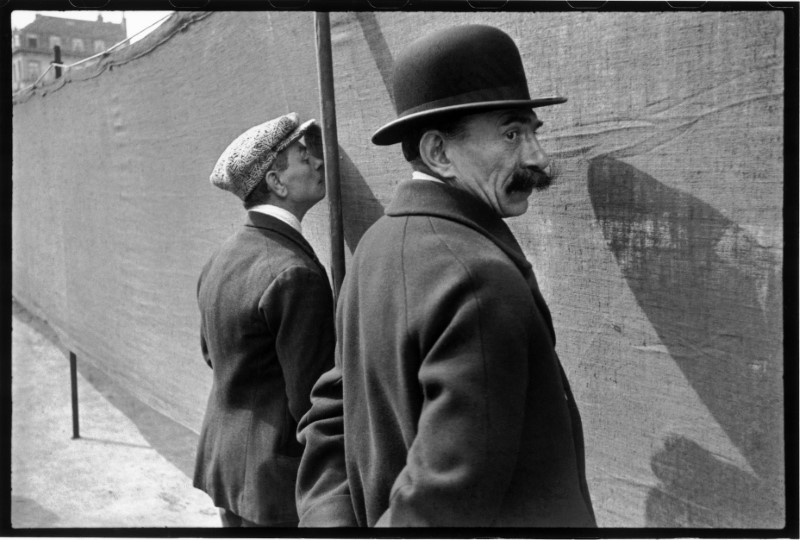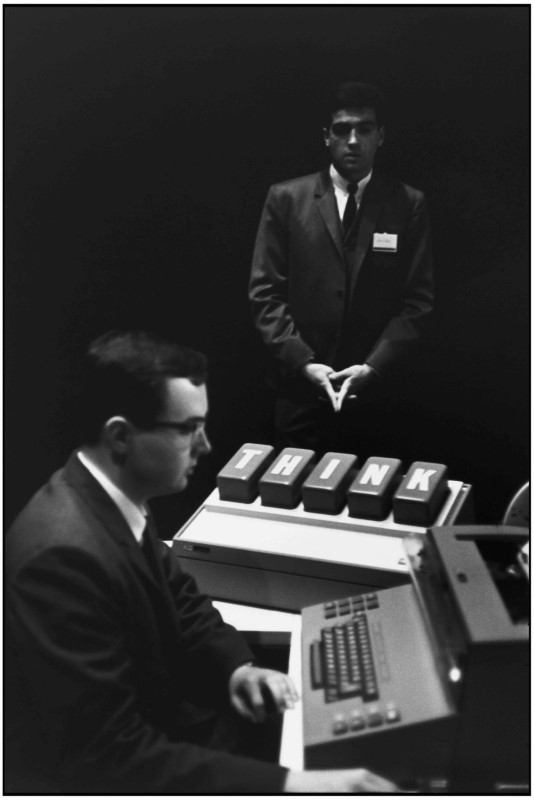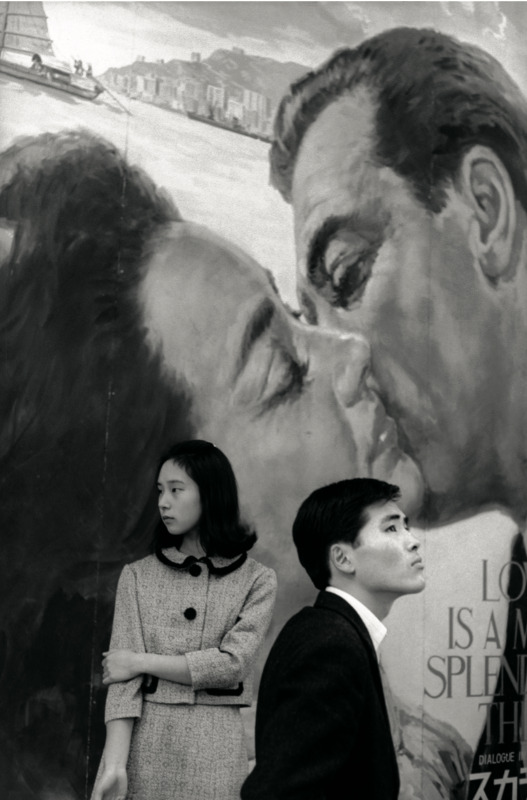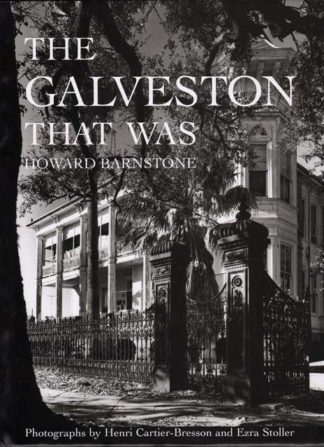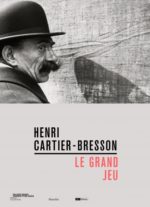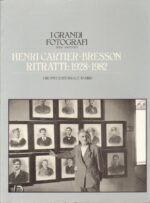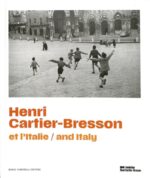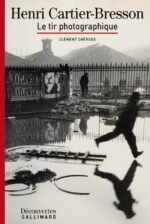Il n’y a pas un seul, mais bien plusieurs Henri Cartier-Bresson. Le jeune homme, très influencé par le Surréalisme, qui voyage en Afrique, en Italie et au Mexique dans la première moitié des années 1930, n’est déjà plus le même à la fin de la décennie lorsqu’il s’engage en politique, auprès des communistes, pour faire barrage à la montée du fascisme en Europe. Après la Seconde Guerre mondiale, c’est encore un autre tempérament qui s’exprime lorsqu’il fonde l’agence Magnum Photos et s’en va photographier à travers le monde. La plupart des ouvrages et des expositions monographiques consacrés au photographe se sont évertués à démontrer l’unité stylistique de son œuvre. À rebours de cette approche unificatrice, et sans doute aussi un peu réductrice, le présent projet a pour ambition de mettre en évidence la diversité de son approche photographique dans ses différents moments. À travers l’histoire de cet œil multifacette, cette grande rétrospective retrace aussi celle du Xxe siècle.
Henri Cartier-Bresson refusait de se laisser filmer ou photographier. Il ne voulait pas être reconnu dans la rue afin de pouvoir continuer à travailler sereinement. Mais après son exposition au MoMA de New York en 1947, il est devenu, à son corps défendant, l’un des photographes les plus admirés de son époque, une véritable légende vivante. Beaucoup de professionnels ou d’amateurs qui le croisaient occasionnellement l’ont ainsi photographié, le plus souvent contre son gré. Il existe donc quantité de portraits de Henri Cartier-Bresson en train d’opérer.
Constituée de 300 œuvres parmi les plus connues, mais aussi de découvertes, la présente rétrospective est construite autour de ces portraits. Elles rythment la vingtaine de sections de l’exposition, inscrivant Henri Cartier-Bresson dans son temps, à un moment précis de son parcours ; sous la direction de Clément Chéroux (directeur de la Fondation Henri Cartier-Bresson), avant-propos de Marie Ndiaye, préface de Michel-Édouard Leclerc, texte de Clément Chéroux, photos en n.b.
There is not one but several Henri Cartier-Bresson. The young man decidedly influenced by surrealism whotravelled to Spain, Italy and Mexico in the first half of the 1930s is not the same one at the end of that decade, when he became politically engaged with the communists to try stemming the rise of fascism in Europe. After the Second World War, it was still another facet that showed when he founded the Magnum Photos agency and travelled to take photographs around the world. Most of the books and solo exhibitions devoted to the photographer strive to demonstrate the stylistic unity of his œuvre. Against that unifying and undoubtedly reductive approach, the present project has the ambition to highlight the diversity of his photographic practice in its various periods. Through the history of that multi-faceted eye, this comprehensive retrospective also outlines the history of the 20th century.
Cartier-Bresson refused to let himself be photographed or filmed. He didn’t want to be recognised in the streets, vecause he wished to continue to work in a quiet manner. But after his exhibition at MoMA in New York in 1947, he unwillinghly became one of the most admired photographers of his time, a true living legend. Several among the professionals and amaterus who occasionally met him took pictures of him, most often against his wish. Therefore, a vast quantity of portraits of Cartier-Bresson at work exists. Comprising 300 works among the most famous but also some novelties, this retrospective is built around those chance photogrpahs of the artist. They provide the rhythm of the 23 sections of the exhibition, placing Cartier-Bresson in his time, at a precise moment in his career.

